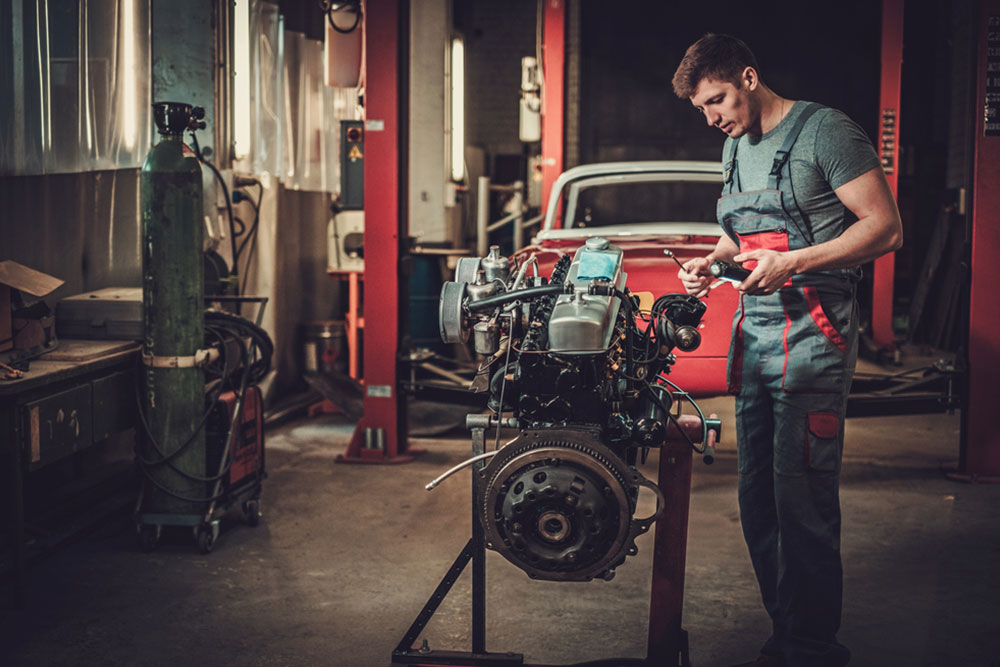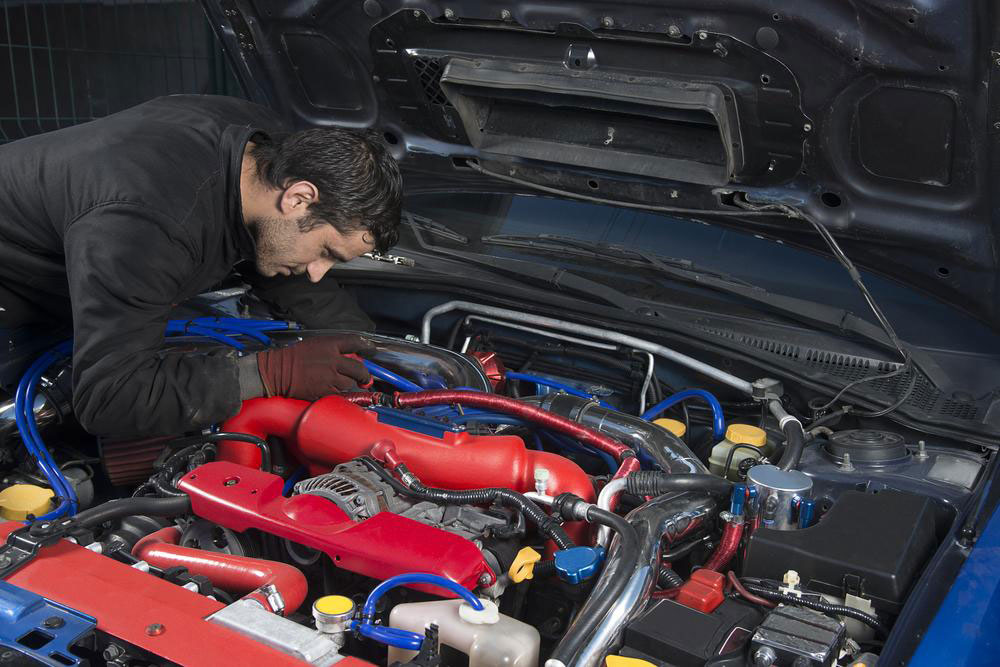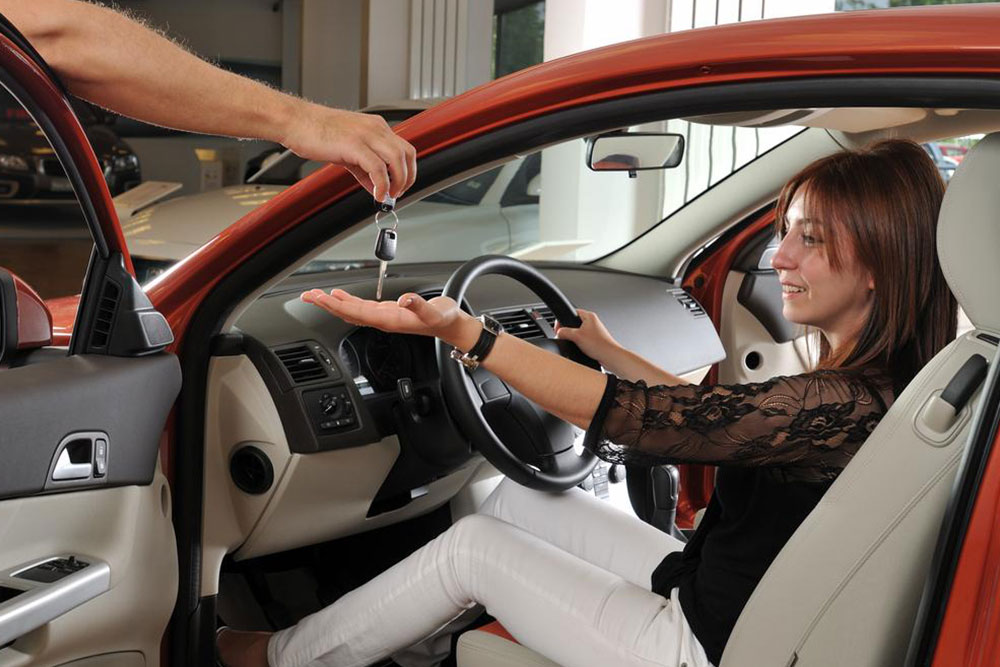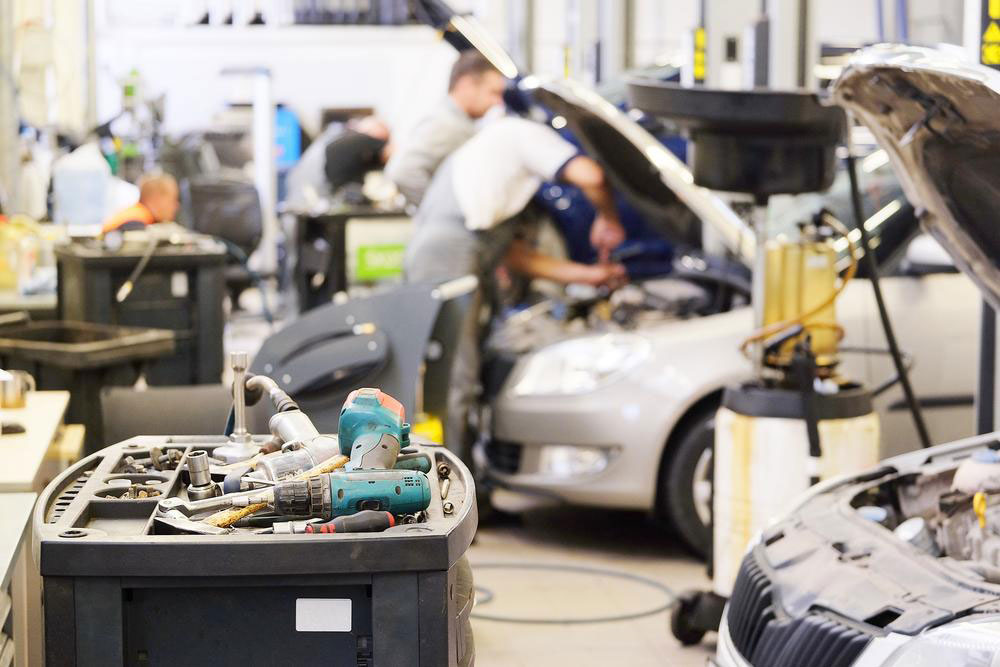Comprehensive Overview of Car Engine Types: Choosing and Maintaining Your Vehicle Effectively
This comprehensive guide explores various car engine types, including inline, V, W, and OPOC engines. It discusses their features, advantages, and ideal applications, helping vehicle owners and buyers understand engine configurations for better maintenance, purchasing decisions, and performance optimization. Learn the differences between each engine type to make informed choices and enhance your driving experience.

The engine serves as the powerhouse of every vehicle, transforming fuel into motion and ensuring your drives are smooth, reliable, and efficient. With numerous engine configurations available today, understanding the differences between various types can significantly impact your purchasing decisions, maintenance routines, and overall vehicle performance. This comprehensive guide explores the most common car engine types, highlighting their characteristics, advantages, and suitable applications.
Having a clear knowledge of engine types not only aids in selecting the right vehicle for your needs but also helps in routine maintenance, troubleshooting, and optimizing performance. Whether you're a car enthusiast, a daily commuter, or someone considering buying a new vehicle, familiarizing yourself with these engine configurations is beneficial.
1. Inline Engine: The Compact and Fuel-Efficient Workhorse
The inline engine, also known as a straight engine, features cylinders arranged in a single straight line, typically aligned vertically. This design is one of the most popular and widely used in small to midsize cars around the world.
Advantages of inline engines include their simplicity, ease of maintenance, and efficient use of space. Their straightforward configuration results in fewer components, which often translates into lower production costs and easier repairs. Additionally, inline engines tend to be lighter, which contributes to better fuel economy.
Most commonly found in compact cars, hatchbacks, and even some sedans, inline engines excel in providing reliable performance for daily driving. Their design facilitates smooth operation and, when properly maintained, enables the vehicle to run efficiently over many years.
Variants include the inline-4, which is the most prevalent, and inline-6 engines, which offer smoother performance and more power, often used in luxury sedans and sports cars.
2. V Engine: The Versatile and Powerful Choice
The V engine features cylinders arranged in two banks set at an angle, forming a V shape. This configuration is lauded for its compactness and ability to deliver higher power outputs than inline engines of similar size.
V engines are frequently found in larger vehicles such as SUVs, trucks, and performance-oriented sports cars. Their design allows for a more effective use of space within the engine bay, enabling manufacturers to build more powerful engines without significantly increasing the vehicle's size.
Including variants like the V6 and V8 engines, this configuration offers a balance between performance and efficiency. V6 engines are commonly used in family SUVs and mid-sized cars, providing enough power for most driving situations, while V8 engines cater to high-performance vehicles and trucks requiring substantial torque.
While V engines tend to be more complex and slightly heavier than inline engines, their ability to produce significant horsepower and torque makes them popular among enthusiasts and manufacturers aiming for high performance.
3. W Engine: The High-Performance Powerhouse
The W engine configuration is a less common but highly advanced design, characterized by cylinders arranged in a W shape. It is essentially a combination of multiple V engines, designed to maximize power while maintaining a compact size.
This engine type is primarily used in some of the world's most luxurious and high-performance vehicles, such as those manufactured by Bugatti and Bentley. The W engine's design allows for a high number of cylinders—such as W12 or W16—delivering extraordinary power levels suitable for supercars and hypercars.
Advantages include a high power-to-weight ratio and a more compact footprint than traditional V or inline engines with similar power outputs. However, W engines are complex, expensive to produce, and require specialized maintenance.
Due to their advanced engineering and high-performance capabilities, W engines are best suited for vehicles where ultimate speed, acceleration, and prestige are prioritized.
4. OPOC Engine: The Innovative and Compact Power Source
The Opposed Piston Opposed Cylinder (OPOC) engine is an innovative design featuring two pistons that move toward each other within a single cylinder, eliminating traditional valve mechanisms. This configuration results in a smaller, lighter engine capable of producing high power with less internal friction.
OPOC engines are valve-free, which reduces complexity and maintenance needs. They are designed to handle less load, making them ideal for specialized applications, including certain military or aerospace uses, as well as some niche automotive segments.
Advantages include higher power density, improved fuel efficiency, and reduced emissions. Their compact form makes them suitable for hybrid vehicles or small, lightweight applications where space and weight savings are critical.
While still largely in developmental or experimental stages in automotive applications, OPOC engines represent a promising advancement toward more efficient and environmentally friendly powertrains in the future.
Conclusion: Making the Right Choice Based on Engine Knowledge
Understanding the diversity of car engine types is crucial for vehicle owners, buyers, and enthusiasts alike. Each engine configuration offers unique advantages and considerations, whether in terms of size, power, efficiency, or maintenance requirements. Inline engines remain popular for their simplicity and economy, V engines are versatile and powerful, W engines cater to high-performance needs, and OPOC engines showcase innovative potential for future automotive technologies.
If you're contemplating a new vehicle purchase or planning to service your current car, consulting with a qualified mechanic or automotive expert can provide personalized insights tailored to your specific needs and driving habits.
Ultimately, a solid grasp of engine types enhances your ability to make informed decisions, optimize your vehicle's performance, and ensure long-term reliability.





